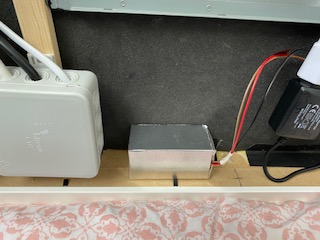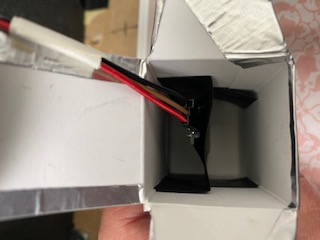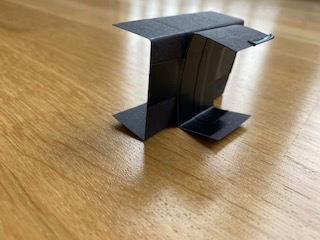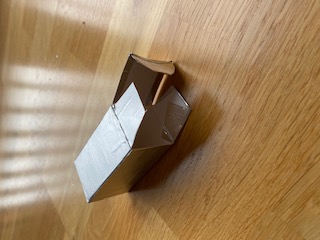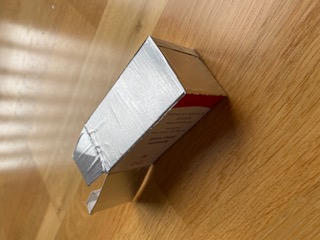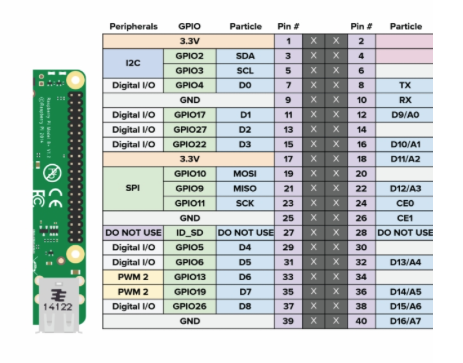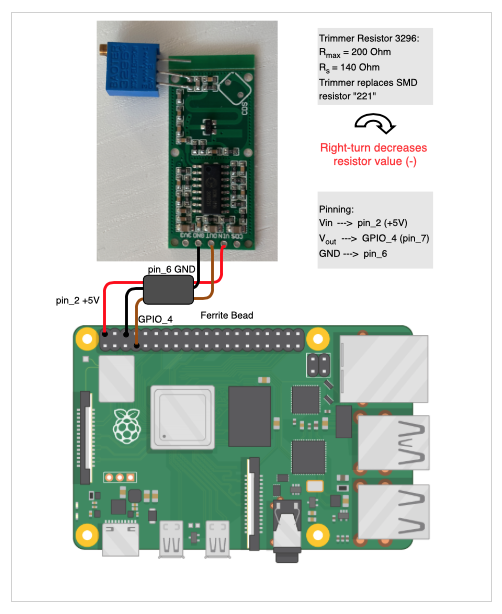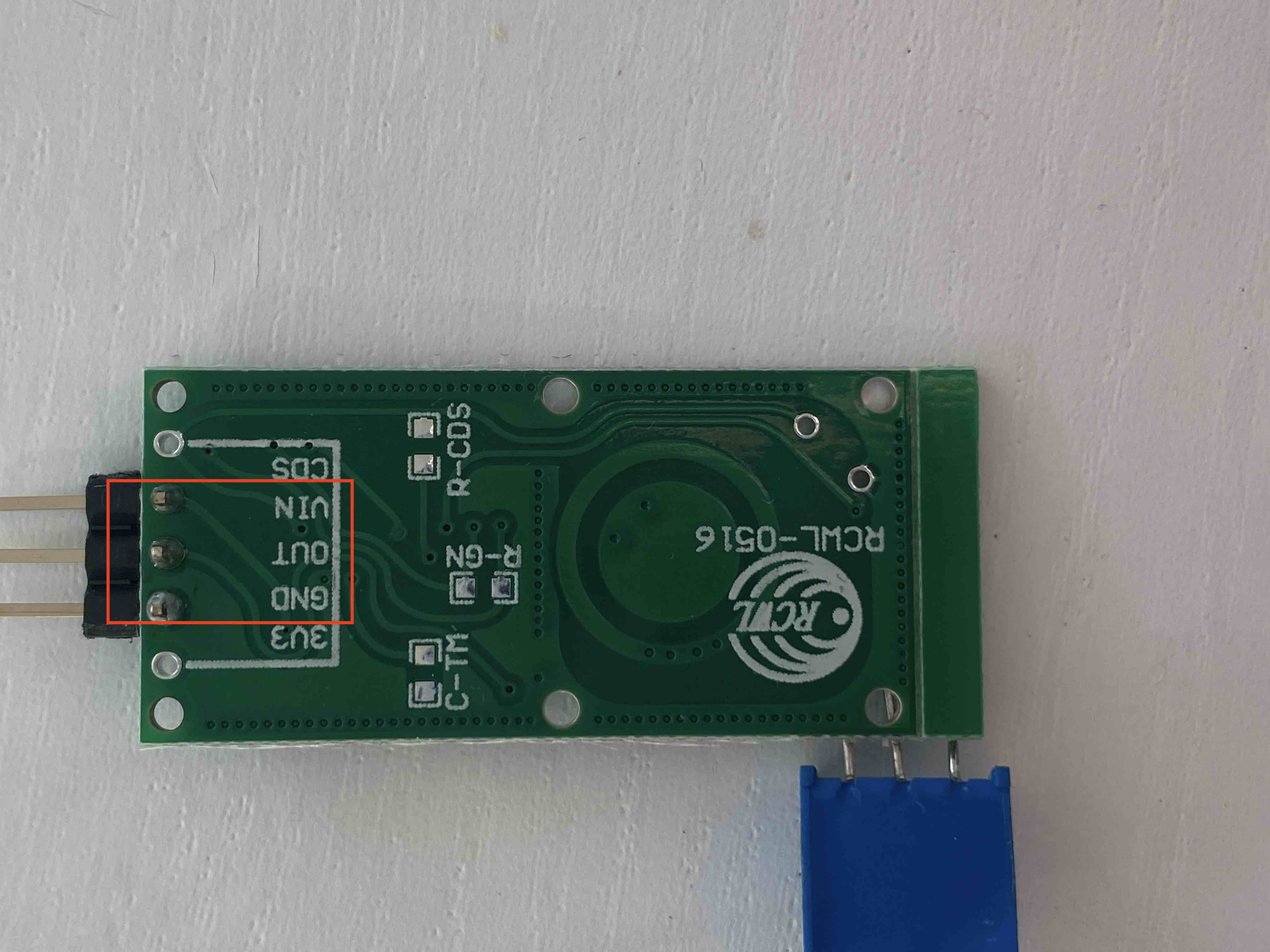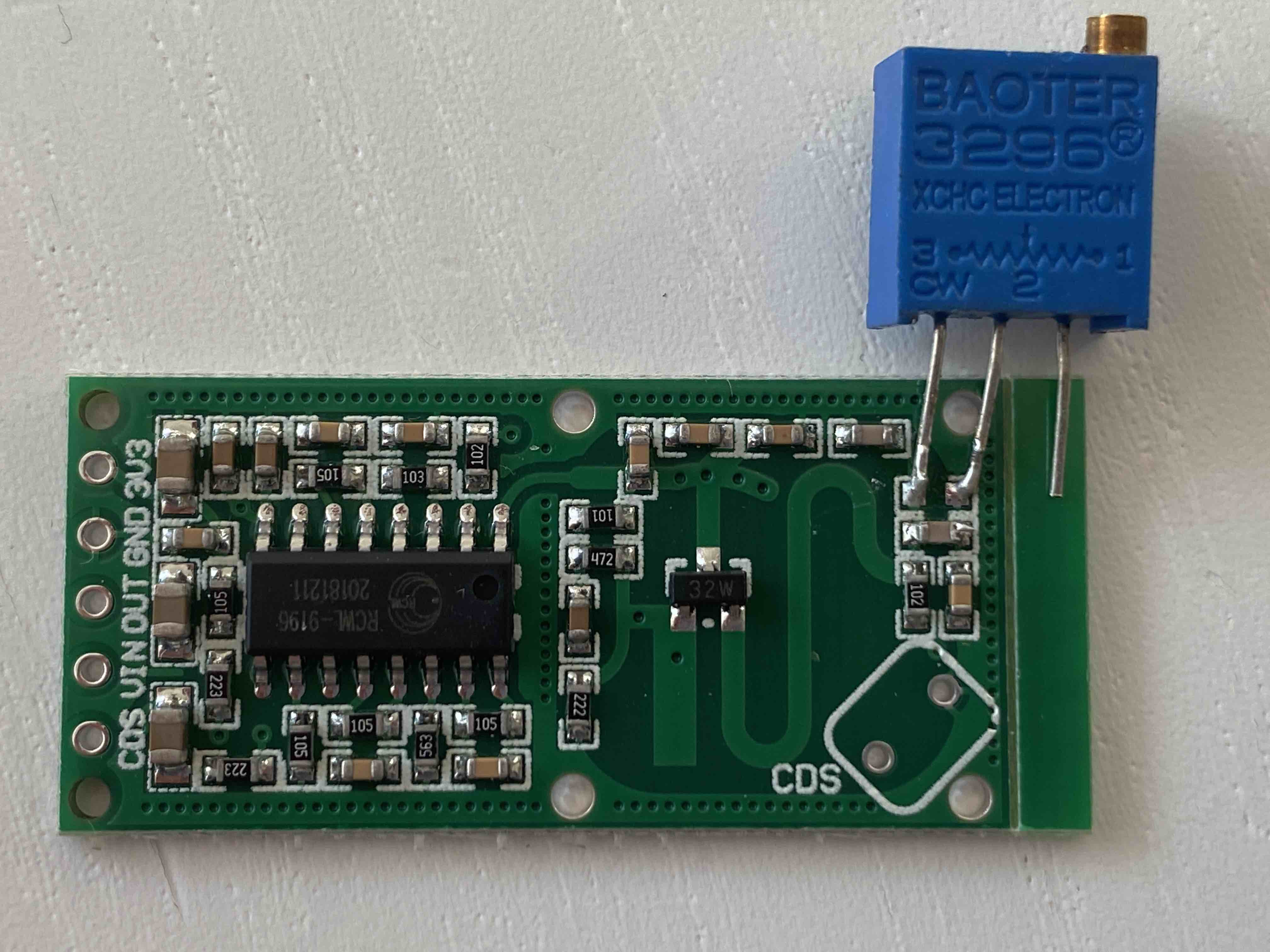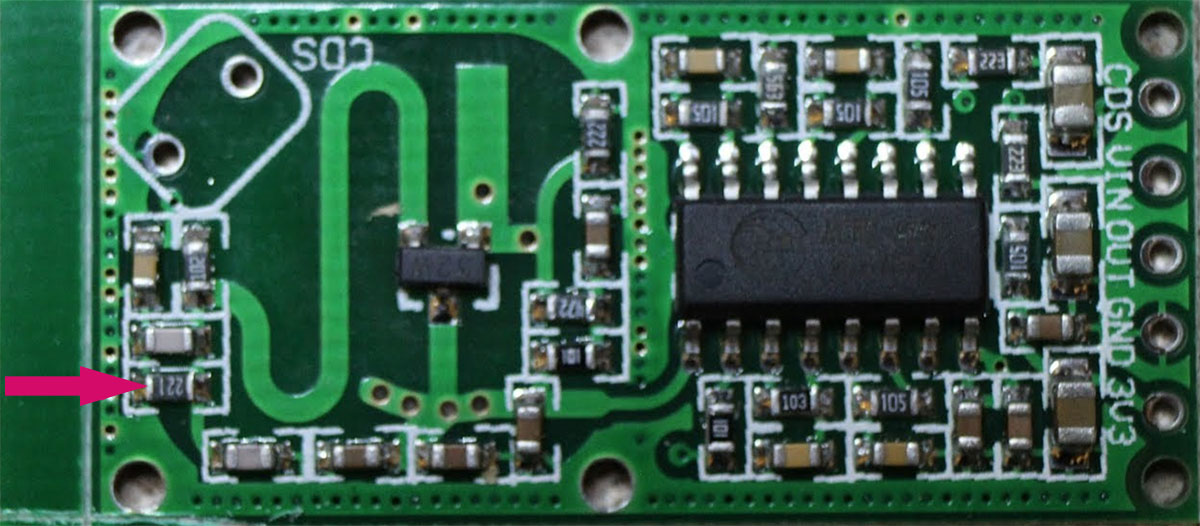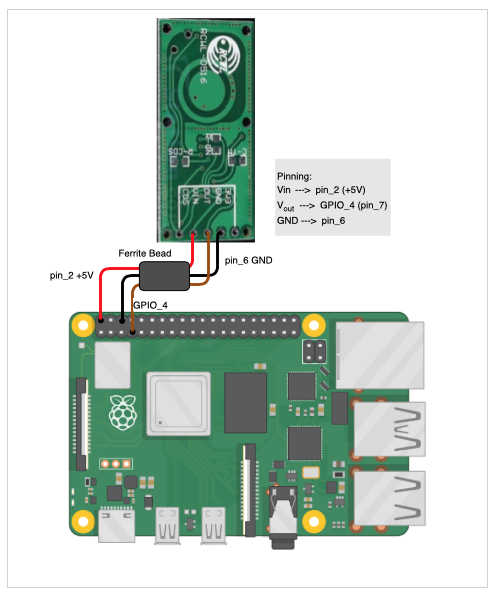Read the statement by Michael Teeuw here.
UPDATE: Replaced my PIR-Sensor with a Doppler Microwave Sensor.
-
it took a long time but i tested the voltage, i can upload a video somewhere if u want. the wrong positive and the regular ones look the same for me. it kinda spikes to ~5v and then instantly goes to 3.3 and stabilizes
-
@Lipax there you go, nothing wrong with the software code. It’s the PIR sensor giving false positives. Nothing you can really do about that. Perhaps a different brand/quality of PIR sensor if it will help but I doubt.
As mentioned before, due to exact same problem I gave up on PIR sensor completely and moved to the microwave. This works for me now over 3 years. without false positives.
-
@uros76 ty ill maybe try to find another microwave sensor. pir i find really ugly try to stay away from them. really sad i didnt get the microwave sensor working. thanks for the help
